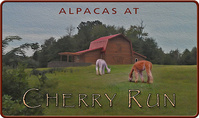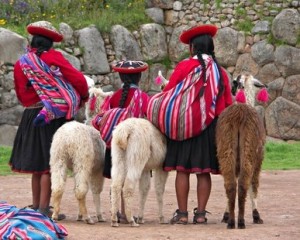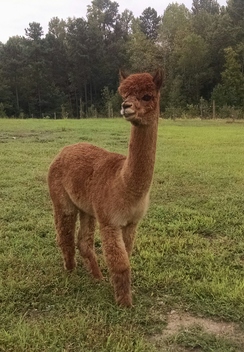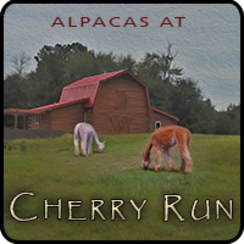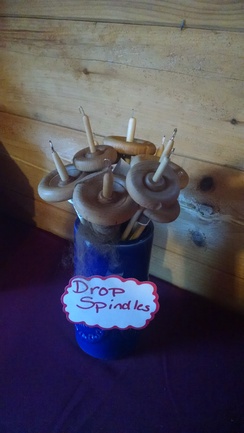About Alpacas
Originally from South America, alpacas, live on the Andes Mountains. They can be found throughout Peru, Chile, Bolivia and Argentina where they are used for their meat, fiber, and leather. However, it is their fiber that has been valued and cherished thousands of years. Home on harsh, high mountain plains alpaca are very hardy and agile. Their dense, heavy fiber makes a perfect coat to protect them from severe weather and long winters.
There are two types of alpacas – the Huacaya (wah-ki-ah) and the Suri (sir-e). The suri’s fiber grows quite long and forms silky, pencil-like locks. The huacaya has a shorter, dense, crimpy fleece, giving it a very woolly appearance. They are about 36″ tall at the withers and weigh about 150 pounds.
Alpacas live for up to 20 years, so they are a long-term investment. They have a long reproductive life and produce fleece for their entire lives. Their gestation period is eleven and one half months, and they have a single cria. Occasionally there will be twins, but these are extremely rare.
Perfect for a family farm alpaca are gentle and easy to handle. They are safe even for younger children to work with, as they do not bite or butt. This is a venture that the whole family can work together on.
It is our vision that alpaca can become a vital part of the Wake County economy. Well suited to the land and environment they are also environmentally friendly, protecting the land that we love.
Alpaca have soft padded feet. This leaves pasture undamaged, and usable for years.
They have no top front teeth, so they are gentle grazers.
The alpaca does not usually eat or destroy trees.
The average alpaca only eats four pounds of food a day.
Although they need a regular fresh water supply alpaca do not require abundant amounts of water.
The herd tends to deposit their manure in one or two spots in the pasture, making clean up easier.
Alpaca manure is a fantastic fertilizer.
One good acre of pasture can support up to ten alpaca.
Alpaca require minimal fencing, as they do not challenge it.
However, be careful to have enough fencing to keep them safe from predators.
They can produce four to eight pounds of fleece a year.
Their fleece produces 87 to 95 percent clean fiber compared to sheep’s wool.
There are two types of alpacas – the Huacaya (wah-ki-ah) and the Suri (sir-e). The suri’s fiber grows quite long and forms silky, pencil-like locks. The huacaya has a shorter, dense, crimpy fleece, giving it a very woolly appearance. They are about 36″ tall at the withers and weigh about 150 pounds.
Alpacas live for up to 20 years, so they are a long-term investment. They have a long reproductive life and produce fleece for their entire lives. Their gestation period is eleven and one half months, and they have a single cria. Occasionally there will be twins, but these are extremely rare.
Perfect for a family farm alpaca are gentle and easy to handle. They are safe even for younger children to work with, as they do not bite or butt. This is a venture that the whole family can work together on.
It is our vision that alpaca can become a vital part of the Wake County economy. Well suited to the land and environment they are also environmentally friendly, protecting the land that we love.
Thursday, December 8, 2016
